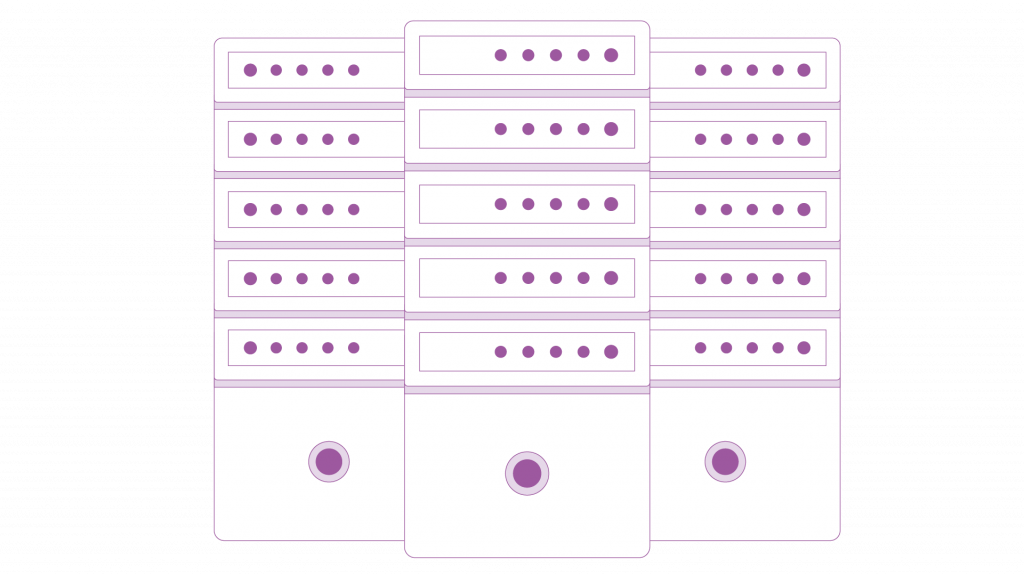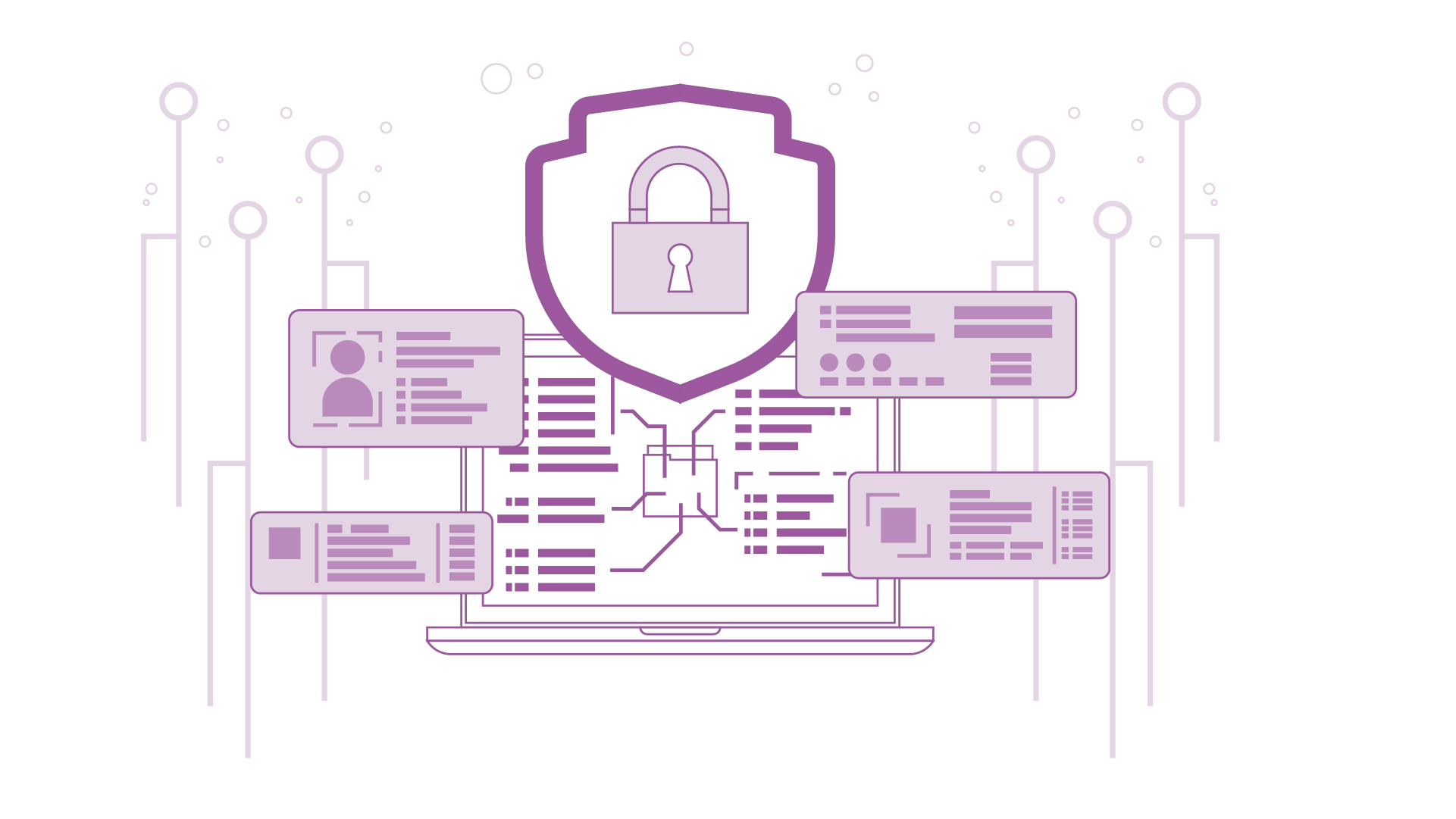Measurements for protecting your data and privacy
In a world characterized by digital innovation and rapid technological innovation, the cloud is quickly becoming the centerpiece of business planning and strategy. The ability to store and access data and resources in the cloud has provided businesses with unprecedented flexibility and scalability. But while the cloud undoubtedly offers a wealth of benefits, the key question is: how secure is planning in the cloud? With the growing importance of cloud planning tools and services, it is becoming increasingly urgent to shed light on the security aspects of this technology. This post will provide a deep dive into security for planning in the cloud, uncover the challenges and risks, and share best practices to protect your organization’s data and processes.

Cloud security: sharing responsibilities
Cloud security is key as it protects data and digital information assets from security threats, human errors and insider threats. It offers companies the opportunity to minimize the risk of data loss and make business processes more efficient. Despite these benefits, many companies are reluctant to migrate sensitive data to the cloud. This is often due to a lack of understanding the security options and legal requirements.
The myth of local data storage
A common myth is that data is more secure if it is stored locally. In fact, the security of data does not depend on the physical storage location. The threat situation remains the same in both cases. A study by the Criminological Research Institute of Lower Saxony and Leibniz Universität Hannover shows that almost 40 percent of all German companies were victims of serious cyberattacks in 2019. Cloud providers such as Microsoft are better equipped to deal with security risks thanks to their resources and expertise.

Secured use of the cloud: data protection and compliance
The General Data Protection Regulation (GDPR) has a significant impact on cloud computing. Companies using cloud services must ensure that they comply with the GDPR requirements. Cloud providers must comply with GDPR obligations for their own business, but are not responsible for their customers’ compliance with these requirements. It is crucial to ensure that cloud providers have certifications such as the “Trusted Cloud” certificate, which confirms compliance with data protection and security regulations.
The General Data Protection Regulation (GDPR) has brought significant changes to cloud computing. The GDPR does not fundamentally change the question of which processing of personal data is permissible or impermissible. However, it introduces documentation, organization and transparency obligations. From a cloud computing perspective, it is important to know that these obligations affect every company and are not cloud-specific requirements.
Selecting the ideal cloud service provider
Choosing a cloud service provider requires care. Companies should ensure that the service provider meets the legal and contractual requirements. It is also important that the service is securely configured and has appropriate usage rules in place.
With the ability to store our data and information online and access it from anywhere, the cloud has offered us a new level of convenience and flexibility. However, with convenience comes carelessness in the security measures we put in place. We would like to give you a few helpful tips to help you personally ensure security in your data handling:
-
Secure password:
Whether you use a cloud storage service or share data with your colleagues via a cloud platform, a strong password is the first step to securing your data. Avoid common passwords such as “123456” or “password” - these are a real treat for hackers. Instead, you should choose a password that consists of a combination of upper and lower case letters, numbers and special characters. It’s best to use a password manager tool to help you generate and store strong and unique passwords for each of your accounts.
-
Two-factor authentication:
An additional protective mechanism for your cloud data is two-factor authentication. This function not only requires you to enter a password, but also an additional verification step, such as a one-time code that is sent by text message or can be viewed via an app on your personal device. By enabling two-factor authentication, you add an extra layer of security and make it more difficult for potential attackers to access your data.

-
Encryption:
If you store particularly sensitive data in the cloud, you should also consider additional encryption. Some cloud services offer the option of encrypting data before uploading it. This ensures that it can only be decrypted by you and is definitely unreadable by others. Encryption software is ideal for this.
-
Choosing a trustworthy cloud provider:
When choosing a cloud storage service, it’s important to go with renowned and trustworthy provider. They should have a good track record when it comes to data security and privacy. Research thoroughly and read reviews to make sure you’re choosing a reliable provider that will keep your data safe.
-
Regular security checks:
The security landscape is constantly evolving, so it’s important to regularly check your cloud accounts for vulnerabilities. Look out for security alerts or updates from your cloud provider and update your passwords regularly. It’s also worth checking your account settings and making sure your privacy settings meet your needs.
Conclusion: Cloud security and data protection are feasible
In today’s digital world, the cloud has become an essential part of many businesses. Not only does the cloud offer the benefits of scalability and flexibility, it also plays a crucial role in securing company data and digital information from a variety of security threats. Securing data in the cloud is achievable, provided you understand the challenges, take your responsibilities seriously and choose trustworthy cloud service providers. The cloud offers numerous advantages, and security in the cloud is in many cases even higher than in on-premises environments if implemented correctly. With the approach presented here, companies can benefit from the opportunities offered by the cloud without putting their data at risk.


